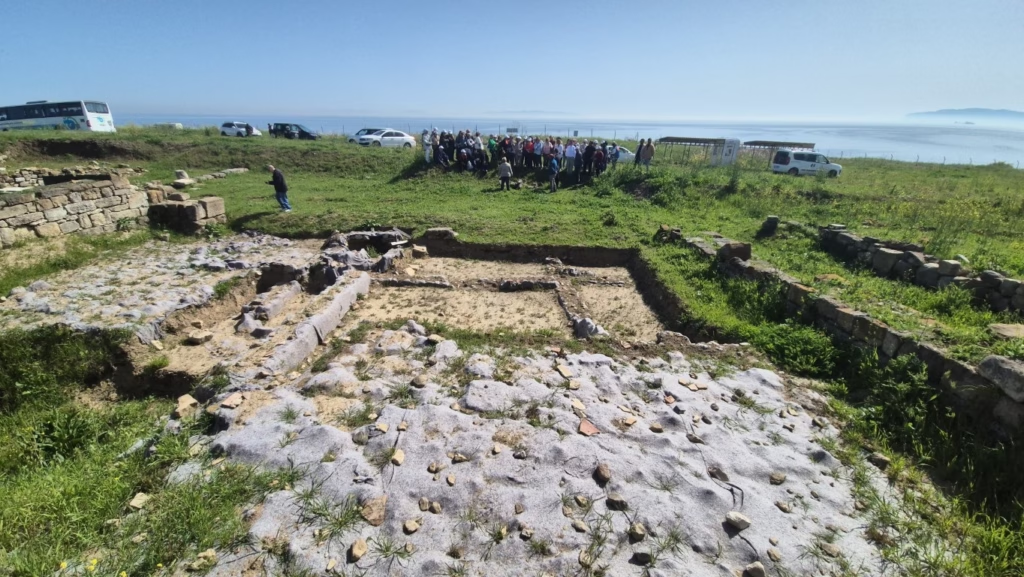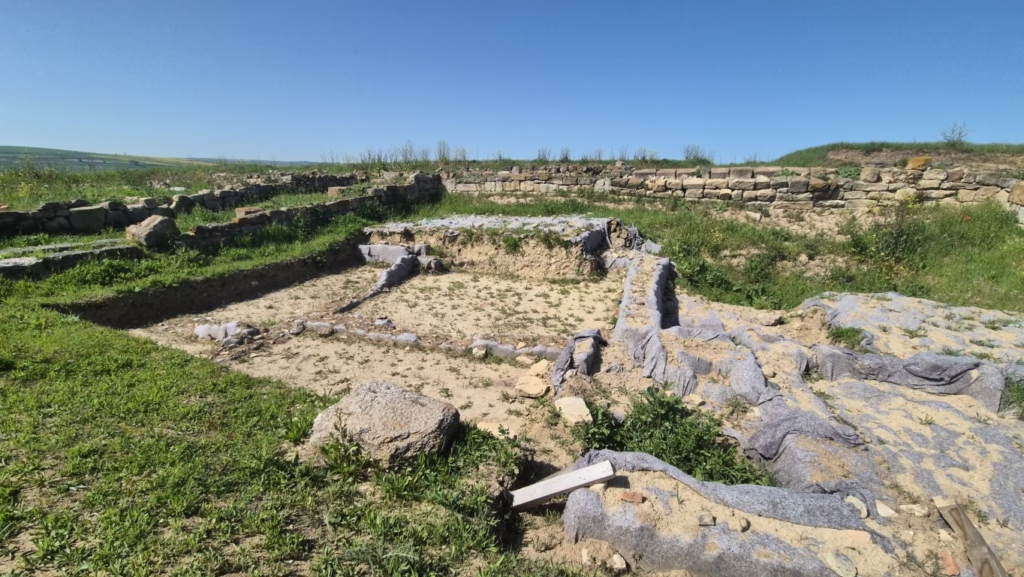Archaeologists in Tekirdağ, Turkey, have uncovered a 5,000-year-old settlement along the shores of the Marmara Sea, revealing the earliest known traces of the Thracians in the region. A massive temple dedicated to the goddess Hera and a sacred healing sanctuary are among the major findings.
A Window into Thrace’s Prehistoric Past
Located in the district of Süleymanpaşa, the excavation site dates back to the 3rd millennium BCE. Led by renowned archaeologist Prof. Dr. Neşe Atik, the ongoing research is uncovering the earliest Thracian presence in the area—an indigenous culture that shaped Southeastern Europe for centuries.
“Based on current evidence, the Thracians migrated from the south of modern-day Romania through Bulgaria and into Turkish Thrace around 1200 BCE,” explains Prof. Atik. “They remained here until the 7th century CE, even serving as mercenaries in the Roman army due to their fearlessness in battle.”

Warriors Who Believed in Immortality
The Thracians held a deep belief in immortality, which shaped their reputation as fearless fighters. According to Atik, this belief system made them ideal candidates for Roman military campaigns.
“They didn’t fear death. In fact, they saw it as a path to eternal life. That’s why they were so highly sought after as soldiers,” says Atik. “One of the most famous Thracians in history is Spartacus, the gladiator who led a major slave uprising against Rome.”
What Did the Thracians Look Like? Ancient Writers Describe Their Appearance
Ancient sources describe the Thracians as having fair skin, blond hair, and blue eyes—a profile that starkly contrasts with many other ancient civilizations in the region.
“Some texts even mention red hair,” says Atik. “Although they eventually mixed with Macedonian, Roman, and Byzantine populations, these genetic features have persisted. It would be fascinating to conduct DNA studies on today’s local population to trace these ancestral links.”
Temple of Hera and Healing Sanctuary Uncovered
One of the most striking discoveries at the site is a massive temple dedicated to the goddess Hera. Over time, the original temple was destroyed in a fire and not rebuilt. Instead, a new sacred area was constructed further west, dedicated to Hera’s son—the god of health.

Archaeologists have discovered medical tools, pharmaceutical basins, and ancient furnaces used to prepare treatments. This suggests the sanctuary served both religious and medical functions.
“We are working across a large area that includes two sacred zones: one for the mother goddess and the other for her son,” explains Atik.
Why This Matters: Rewriting the History of Ancient Thrace
The excavation in Tekirdağ is not only expanding our knowledge of ancient Thracian culture, but also offering a rare glimpse into the spiritual and medical practices of a society that left few written records. The artifacts and architectural structures emerging from this site are expected to reshape academic understanding of the early Indo-European civilizations in the Balkans and Anatolia.
Cover Image Credit: IHA





